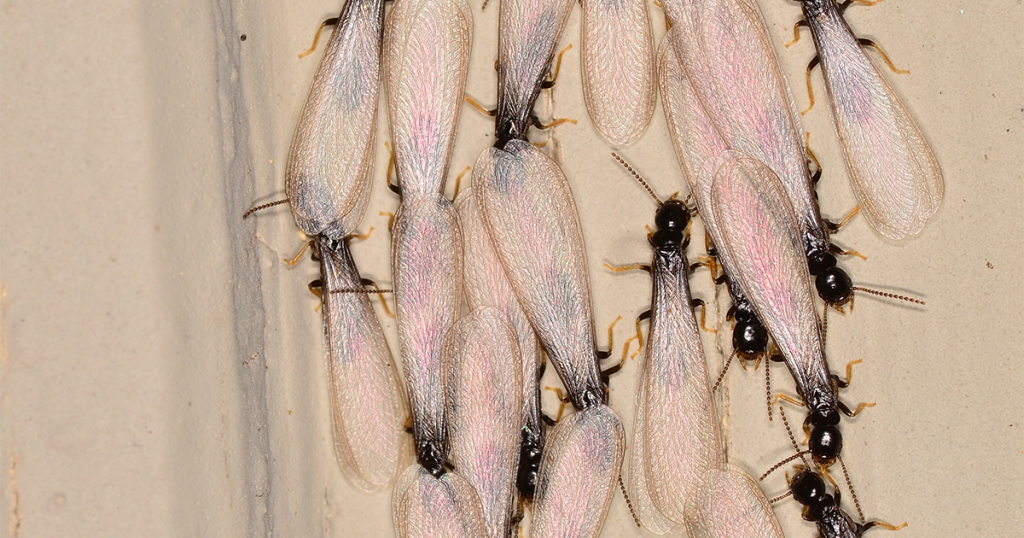Braman Termite & Pest Elimination offers tips for Termite Awareness Week, March 13–19
The average colony of termites can eat about half of a 2×4 piece of wood in about six months and some species can eat even faster. Because they also create tunnels through wood, they can quickly undermine the structure of a building. To promote public awareness of termites and the danger they pose, the National Pest Management Association (NPMA) recognizes March 13–19 as Termite Awareness Week. Braman Termite & Pest Elimination is proud to take part in this annual observance by educating homeowners about how to identify and eradicate an infestation.
“As temperatures begin to rise in Spring and the ground becomes warmer, swarms of winged termites emerge in great numbers,” said Jerry Lazarus, third-generation owner of Braman Termite & Pest Elimination. “This is the reproductive function of the termite. Termites swarm, find a mate and go back into the soil to start a new termite colony.”
Swarming termites are often confused with flying ants. Lazarus described the differences, saying that termite bodies are more uniform in shape, as opposed to ants, which have a pinched “waist.” He also noted that the wings of a termite break off from the body.
In addition to the black swarming termites, there are termite workers and soldiers that are cream colored.
“You might find them while gardening, for example, in a piece of wood left lying on the ground or under flagstones,” said Lazarus. “In addition, termite mud tubes on foundations or where two wooden structural elements come together are a pretty sure sign that you have termites.”
Termite mud tubes are about the size of a pencil and serve as a pathway for termites to get from the ground to the wood they are eating.
For those who find signs of a termite infestation, Lazarus recommends calling in a professional, and quickly because of the risk of structural damage.
“Don’t bother spraying them because it will not really solve anything and in fact may inhibit more permanent solutions,” he said. “Termites require treatment by licensed pest professionals. We identify both active and at-risk areas and design the most appropriate plan to treat each home or business.”

